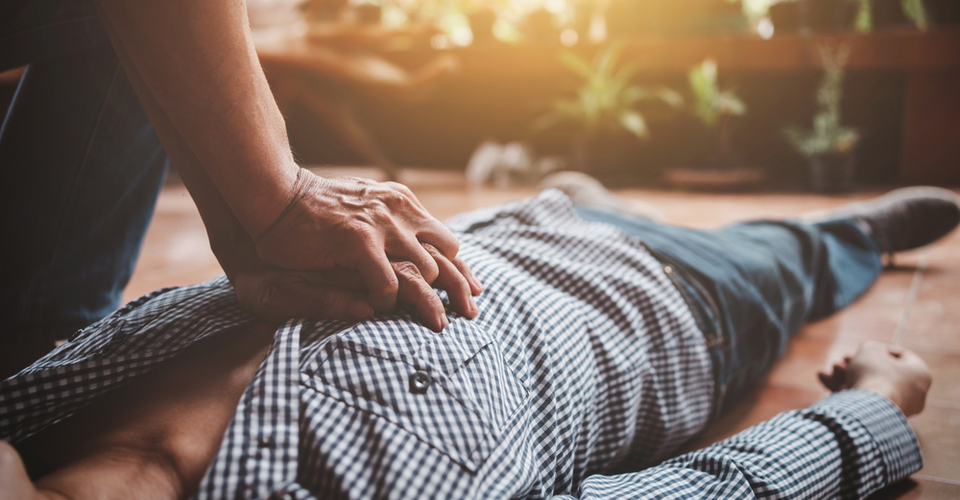CPR, AED and First Aid training is designed to prepare you to respond to a variety of emergency situations. But what is it really like to respond and perform CPR? And how do lay responders process and carry the weight of their heroic actions?
A recent Sudden Cardiac Arrest Foundation newsletter highlights the importance of understanding the psychological impact lay responders often experience while witnessing and responding to a cardiac emergency.
“There is extensive research about the effectiveness of bystander CPR, as well as some work on the amount and type of training that seems to be most effective. However, only a few studies have been conducted to understand the reasons why people do or do not take action to perform CPR if they witness a cardiac arrest, and what it is really like, from the rescuer’s perspective, to respond in a cardiac arrest emergency.”
Understanding the rescuer’s perspective is a crucial step toward improving training and increasing bystanders’ willingness to act — all with the goal of raising the rate of bystander CPR.
Performing CPR on your loved ones
Responding to an emergency can have a physical, mental and emotional impact on the rescuer no matter who the victim is. But when it’s someone you know, it can be even more overwhelming in the moment and in the aftermath of an emergency.
Most out-of-hospital cardiac arrest cases occur in a home or private residence. Therefore, CPR skills are most likely to be used on family members or other loved ones.
This was the case for Captain Rafael Valero, a repeat HSI student with approved Training Center Abu Dhabi Aviation. Here’s how he was able to use his workplace CPR training to save his young son.
“Last November while on vacation, my 5-year-old son stopped breathing for reasons unknown at that time. The fact was that he was unconscious and not breathing. His lips turned blue, and his eyes were wide open. He had his teeth clenched. Without delay, I gave him CPR on the floor… Then I saw him coming back with a gasp. His lips started to turn back to normal color. He came back conscious and by the time paramedics arrived, he was breathing on his own, just looking sleepy… It’s been three months and he has been having a normal life. He’s going to school and playing football. I’m sharing because I feel fortunate and grateful to have received training from you multiple times. Even when I didn’t follow the drills by the book, somehow I knew what to do and I reacted positively and timely and used all the tips received during training.”
Testimonials like his help us better understand rescuers’ perspectives and reinforce the importance of learning CPR and other lifesaving skills that can be used in the workplace, at home or out in the community.
Have you responded to a cardiac arrest emergency or trained a student who chose to act? Submit your story by filling out the HSI Good Samaritan form, and you could see your testimonial in an upcoming blog, newsletter, email or promotional material for HSI.







.png?width=600&name=HSI-CTA-EmergencyCareTraining%20(1).png)











Comments